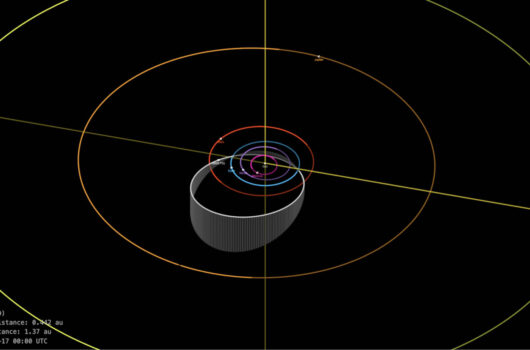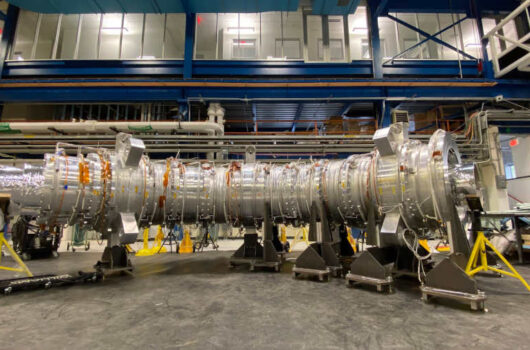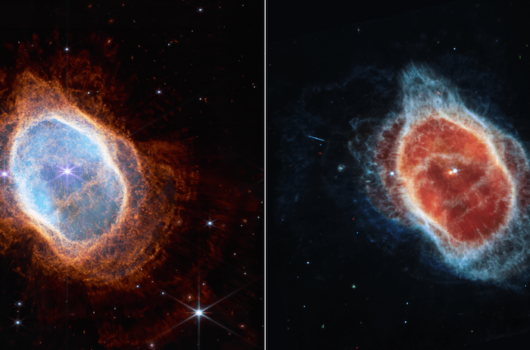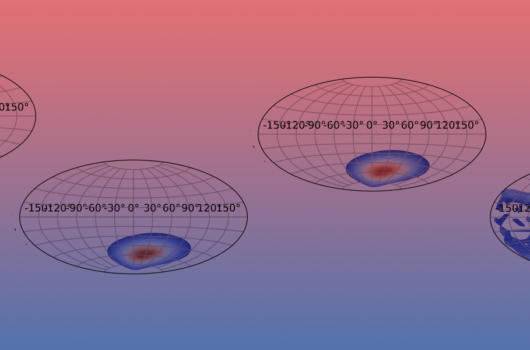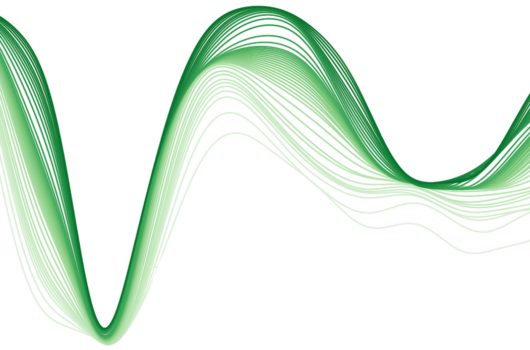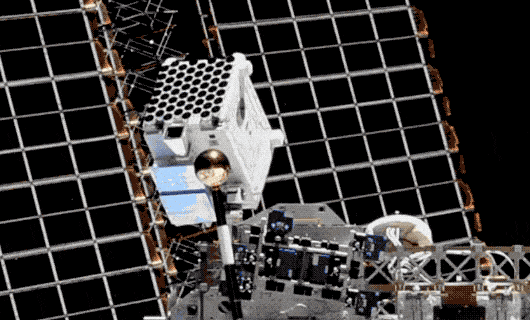Featured Research Articles
-
post
What can we learn from 1018 Muons? Probing Flavor Violation in the Laboratory
Flavor violation among the neutrinos, discovered in solar and atmospheric neutrino experiments, suggests—and indeed requires—flavor violation among the neutrino’s charged partners, the electron, muon, and tau.
-
post
Signatures of the quark-hadron phase transition at neutrino detectors
Prepared by Anna M. Suliga Core-collapse supernovae are one of the most complex phenomena and most efficient neutrino factories in the Universe. Not only are they one of the sites […]
-
post
Role of non-gaussian quantum fluctuations in neutrino entanglement
In extreme astrophysical settings like core-collapse supernovae, neutrinos are vital in driving the explosion mechanism and setting the conditions for element synthesis.
-
post
Entanglement and correlations in fast collective neutrino flavor oscillations
Prepared by Ermal Rrapaj Collective neutrino oscillations play a crucial role in transporting lepton flavor in astrophysical settings like supernovae and neutron star binary merger remnants, which are characterized by […]
-
post
Large and massive neutron stars: Implications for the sound speed in dense QCD
How big are neutron stars? Precise measurements of the size of neutron stars are required for having a solid grasp on the state of the densest material in their interiors, and for differentiating between theoretical models.

